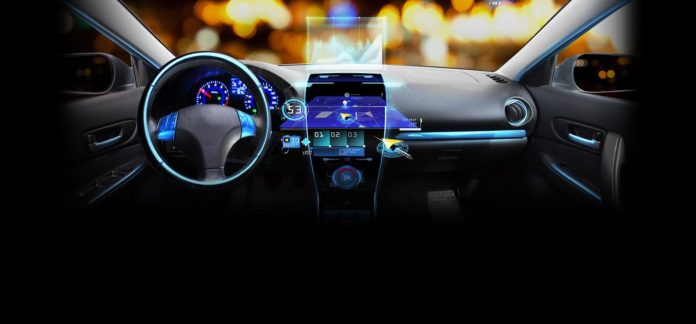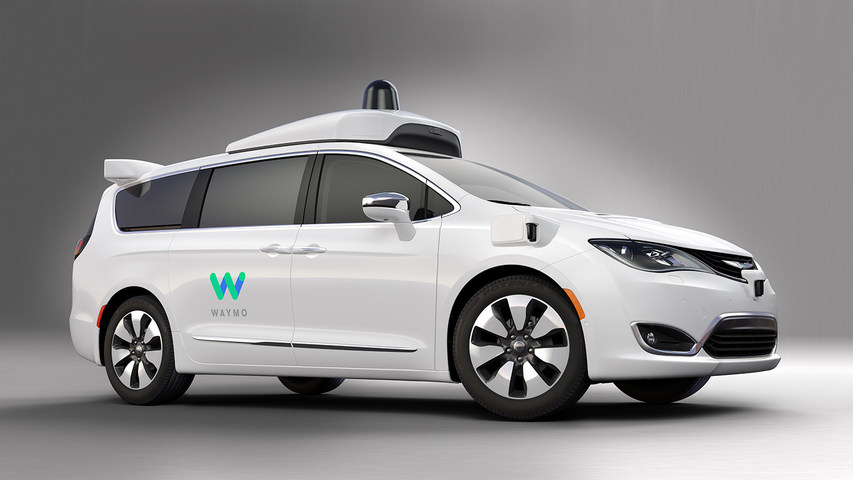By Kamyar Moinzadeh, CEO of Airbiquity
OTA, short for “over-the-air,” isn’t just the latest buzzword in the automotive industry. In just two short years, OTA has become a top automaker requirement for connected vehicles that will be sold in model years 2020 and beyond. We’re talking about a lot of vehicles: ABI Research predicts that 200 million vehicles worldwide will be equipped to receive OTA software updates by 2022.
In the general sense, OTA refers to the process of remotely transmitting and installing software updates on electronic devices. What has become common practice for consumer electronics like smartphones, gaming consoles, and set-top boxes is now taking hold in automotive. However, executing OTA software updates for vehicles is a much more complex process than consumer electronics devices because vehicles are highly sophisticated machines with hundreds of hardware and software components from a multitude of suppliers—and they’re getting more complex every day as new software-reliant advanced driver assistance systems (ADAS), vehicle-to-everything (V2X), and autonomous features are developed and introduced.
This rising interest in enabling OTA software updates comes as no surprise because of the significant value generation it provides across the “connected vehicle lifecycle” from initial product development through post-purchase service. The following infographic illustrates this lifecycle and highlights the benefits OTA can provide. One leading benefit is the ability for automakers to reduce costly recall expenses by remotely updating software that would otherwise require customers to bring vehicles into dealerships. But OTA isn’t only about saving automakers money and reducing consumer inconvenience. Another leading benefit is enabling automakers to quickly and easily update software to address cybersecurity threats, thereby protecting the operation of the vehicle and the safety of its occupants. These two benefits alone will contribute to consumer satisfaction, brand loyalty, and improved ownership and driving experiences.
OTA software updates promise a plethora of benefits to automakers and consumers alike. But for those benefits to become a reality, automakers need to manage the increasing complexity of planning and executing vehicle software updates from the cloud, at scale, for millions of vehicles around the world. This is where automated and secure cloud-based OTA software update capabilities tailored specifically for automotive—like Airbiquity OTAmatic—comes into play.


























